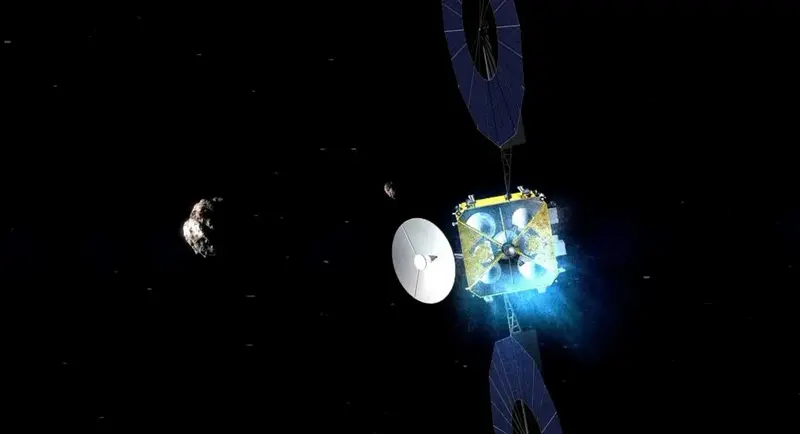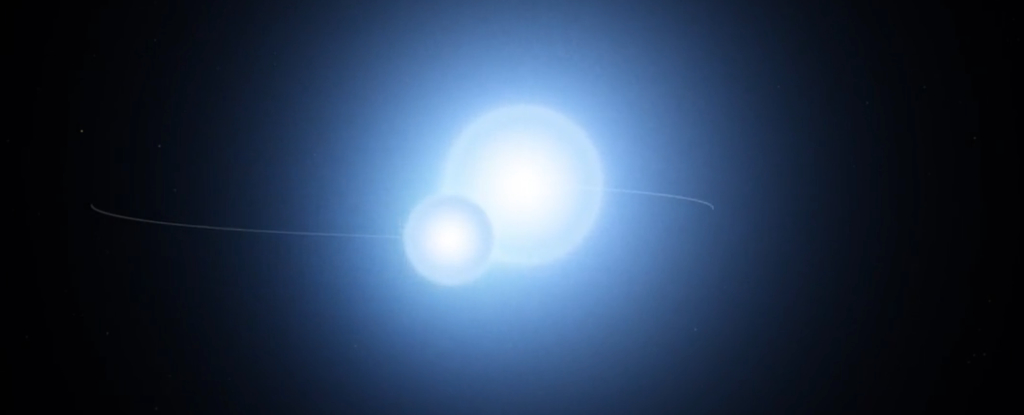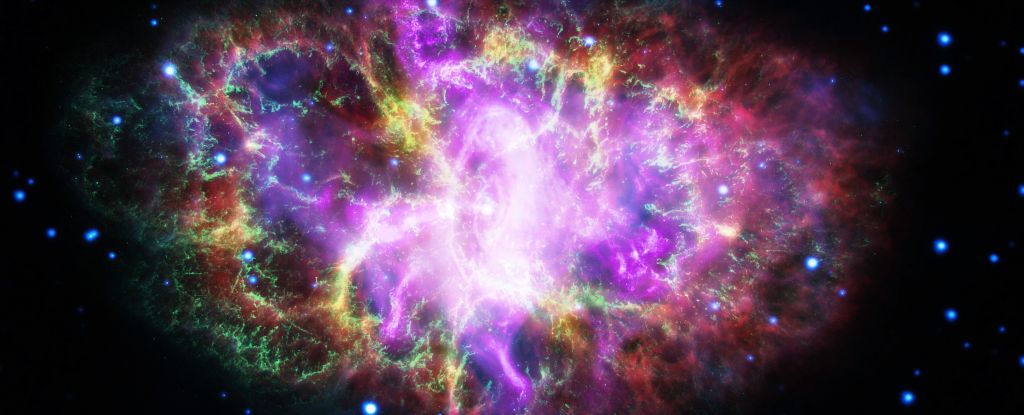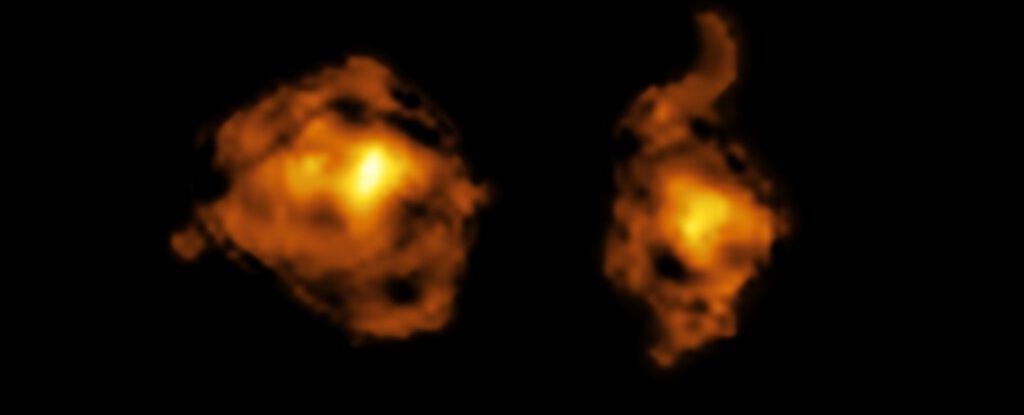
China joins the asteroid sample return game, with the ambitious Tianwen 2 mission, which launched successfully on Thursday (local time).

Researchers from Nanjing University in China and the University of Bonn in Germany have run calculations suggesting we've overestimated the strength of the Cosmic Microway Background. In fact, it might not even be there at all.

Binary star systems are pairs of stars held together by gravity, orbiting a common center of mass.

The record-breaking galaxy is revealing secrets about the first stars and their unexpected chemical fingerprints.

A US-trio appears to have discovered a distant dwarf planet with a 25,000-year orbit bringing it into the ring of icy rocks around the solar system - the Oort cloud.

Curiosity triggered a thought-provoking conversation about light - ultimately, why doesn't light wear out and lose energy over time?

Dangerous rocks may co-orbit with Venus, but new research suggests only a space-based mission can prove it.

New research suggests that Jupiter used to be at least twice as big as it is today . Over time, the bloated world cooled off, contracting to the relatively humbler size it is today.

The moment one galaxy spears another with a powerful beam of radiation shooting from its central black hole has been spotted in a distant galactic collision.

A team of astronomers has identified a giant spiral galaxy so well-formed that it already has a stable galactic bar; a long, straight structure filled with stars across the galaxy's center. It was formed just 2.6 billion years after the Big Bang.

Anew study said the streaks aren’t caused by water. Instead, the study suggests, the streaks are due to wind and dust.

The microbes could potentially pose a threat to the health of astronauts on board Tiangong.

Researchers said on May 20, 2025, that there could be abundant water on the seven worlds.

Researchers propose a new theory for the origin of dark matter. It could have formed in the early universe from the collision of massless particles that lost their energy and condensed.

In data collected by a powerful radio telescope, astronomers have found what appears to be a perfectly spherical bubble. A large international team has named the object Teleios, after the ancient Greek for "perfection".